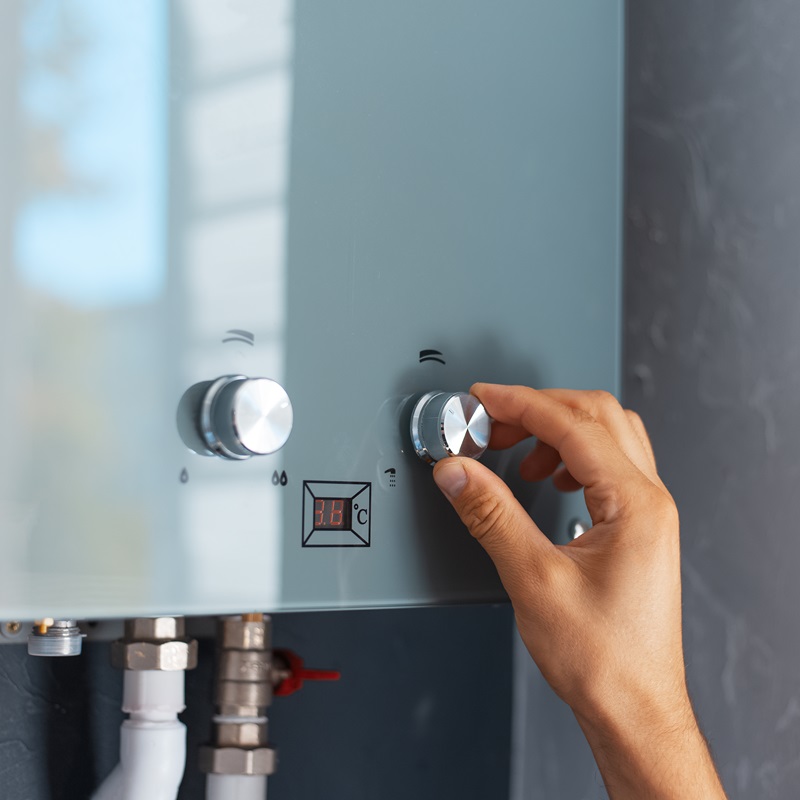Certain geyser sizes may not be suitable for low-pressure systems.
Certain geyser sizes may not be suitable for low-pressure systems.
Blog Article
How to Choose the Right Geyser to Make Best Use Of Energy Performance in Your Home
Picking an energy-efficient geyser is not as simple as it appears, calling for mindful assessment of numerous factors. From comprehending the various types of geysers, to examining their energy effectiveness scores and taking into consideration positioning method, each decision plays an important function in maximizing efficiency. Stabilizing the preliminary financial investment with long-term cost savings is also vital. Allow's get started on this journey to uncover just how to make the most informed option for a geyser that will certainly minimize your power bills while making sure optimum performance.

Recognizing the Various Types of Geyser
While there are various kinds of geysers offered on the market, recognizing the differences in between them is important for energy effectiveness (geyser sizes). The initial kind, storage space geysers, are one of the most typical and store warm water in a storage tank for usage when required. They are available in different capabilities and are typically energy-efficient, but they can shed warmth when not in usage
The second kind is the tankless geyser, which warms water on demand, leading to less energy waste however needing a greater first power draw. Solar hot springs make use of solar energy to heat up the water, making them the most energy-efficient but likewise the most expensive.
Examining Your Home's Warm water Needs
Before diving into the acquisition of a hot spring, it is essential to analyze the warm water needs of your household. This analysis ought to consider countless elements including the number of family members, frequency of warm water use, and the number of warm water outlets in the home (geyser sizes). A little family members with seldom hot water use might call for a smaller sized, less powerful geyser contrasted to a bigger family with multiple day-to-day hot water demands
The sort of devices that need hot water additionally play a significant duty. Dish washers and washing equipments, for instance, may call for more warm water than a basic shower or cooking area sink. Certain tasks such as showering or cleansing likewise influence the frequency and volume of hot water needed.
Assessing Power Effectiveness Rankings of Geyser
Having actually examined the hot water needs of your household, it is essential to turn your focus to the energy effectiveness ratings of geysers. These rankings, normally given as Energy Aspect (EF), indicate a hot spring's general energy effectiveness based on the amount of warm water generated each of gas taken in over a typical day. The greater the EF, the a lot more effective the water heater.

Factors To Consider in Geyser Size and Positioning
Beyond energy effectiveness scores, the dimension and placement of your geyser are essential elements to think about. The size of the geyser need to align with your look at these guys family's hot water demands. A tiny geyser might make use of much less energy yet might not give anonymous sufficient warm water for several usages at the same time, whereas a bigger unit can fulfill greater demand however may consume even more power.
Positioning additionally influences energy performance. Hot springs must be set up near points of usage to decrease warmth loss during water transport. A centrally situated geyser can service numerous areas effectively. In addition, considering thermal insulation, a geyser located in a warmer area sheds less warm and for that reason utilizes less power to preserve the water temperature.
Cost Analysis: Stabilizing Initial Investment and Long-Term Cost Savings
While dimension and placement certainly play considerable functions in a geyser's energy effectiveness, one must not neglect the economic element. When considering the preliminary financial investment, the rate of energy-efficient hot springs can be greater than standard models. Nevertheless, the raised in advance cost can be balanced out by lasting power savings, making it a rewarding financial investment over time.
Assessing lasting savings calls for an understanding of the geyser's energy ranking. A home appliance with a higher ranking will certainly take in less power, translating to lower energy expenses over time. Furthermore, government incentives and rebates for energy-efficient appliances can additionally assist recoup first expenses.
Finally, upkeep and life expectancy should be factored in. Energy-efficient geysers usually have longer lifespans and reduced maintenance costs, adding to total financial savings. When balancing initial financial investment and long-lasting cost savings, one ought to consider not just the acquisition rate however likewise power usage, government incentives, and maintenance prices.

Conclusion
Picking Click This Link an energy-efficient geyser requires mindful consideration of various aspects. These consist of understanding the sorts of geysers, analyzing your home's warm water demands, assessing energy performance scores, and computing cost benefits. The ideal geyser dimension, positioning, and insulation can considerably minimize power bills and environmental impact. For that reason, making a well-informed option can cause substantial long-term financial savings, making it a rewarding financial investment for your home.
Report this page